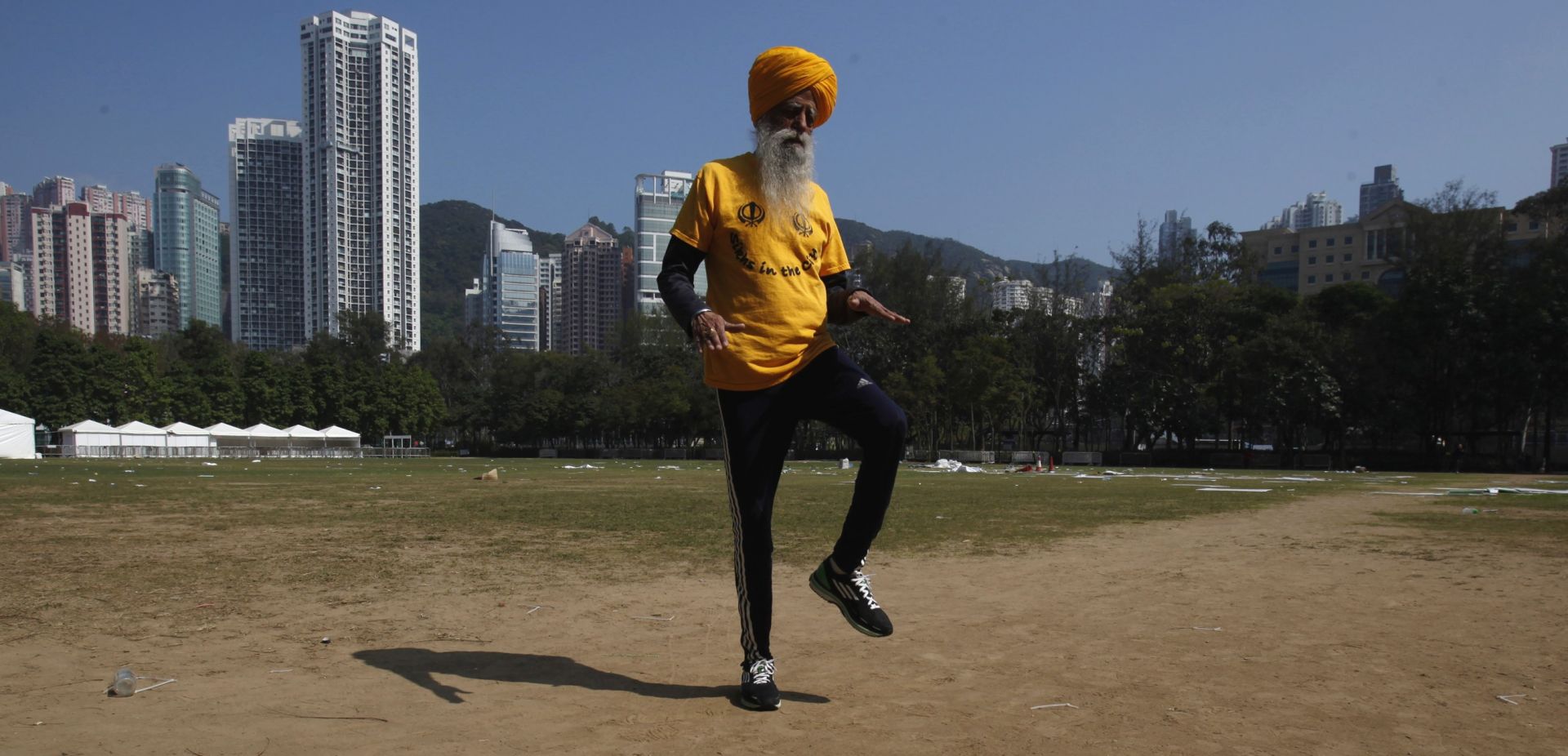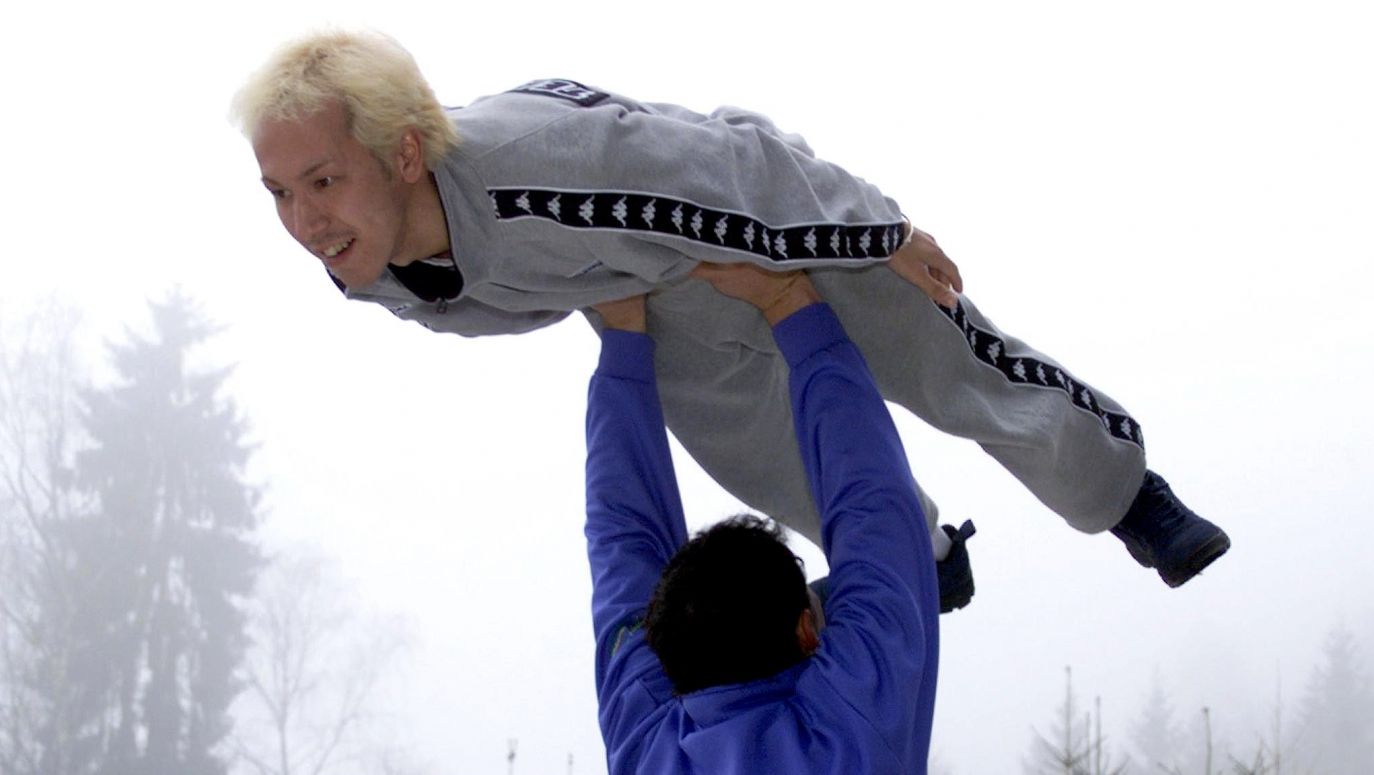
The problem of transsexualism is in the head, not in the genes and sex organs, says Łukasz Sakowski, a biologist and author of the blog "To Tylko Teoria" ("It's Just a Theory").
see more
Athletes' bodies are a bit like car engines. Civilian cars run on commonly available fuel, but F1 cars need a special mixture, and the same applies to professional athletes. And this is a huge difference compared to the past, which is not without significance for extending sports activity.
I remember the menus of athletics training camps were prepared according to a simple principle: anything, as long as there was a lot. To eat your fill, you had to eat three helpings of mashed potatoes covered with thick gravy, because you could only get meat once, and in a small piece.
The mere sight of such a diet would cause a modern, self-respecting champion to suffer from indigestion for a week. Today they are very sensitive about food, and many are even hypersensitive. Although I won't say that here and there I see famous and popular people secretly eating hamburgers. I guess to keep from going mad.
Either way, today’s sport icons have more opportunities to function in sports longer than their predecessors.
More thorns than roses
Real fans understand sports and support athletes, so it's worth fighting for. Attached to their idols, they want to watch them as often and as long as possible. This also influences decisions about extended careers.
But it's not a path strewn with roses, there’s more thorns than flowers. Medicine, diet, new training solutions using modern technologies help in this art of survival, but they do not solve the problem. The outcome remains uncertain.
The effect is influenced by two factors: mileage and consumption. The sports potential of an athlete depends on the number of years spent training and competing and on the state of wear and tear of the body, both physically and mentally.
The longer your career lasts, the more you have to demand from yourself. Experience is an advantage, but it is not enough. A player in his late forties must train more, which is neither easy nor simple after years of active service. It is difficult to develop new stimuli that will stimulate the body tired of sports.
Some people take shortcuts and turn to the dark side and take drugs. In such cases, long sports experience does not hinder, but accelerates one's career. Doping imposed on a mega-trained body gives a powerful kick, followed by the so-called late championship effect.
This state of intensification does not last long, at most a year or two. It often leads to serious injuries because it is always a rough ride. The artificially overclocked body reaches speeds it cannot sustain. But even without injuries, such actions herald an end of professional competition.
To sum up, the transformation of sport from amateur to professional has changed a lot; among other things, the concept of age. Not so much that the national football team could be filled with centenarians. But it can be done with people in their thirties. Without fear of being too old. In the belief that they are better. If it were otherwise, only beautiful twenty-year-olds would play in this team.
That's actually quite good news. At least in sports, it's quality that counts, no nonsense. The distance between better and worse can be precisely measured with a tape measure, stopwatch or goal difference. Young people don't get bonuses for being young, and no one makes things easier for older people and they don't carry them in sedan chairs anymore.
– Marek Jóźwik
TVP WEEKLY. Editorial team and jornalists
-translated by Maciej Sienkiewicz 

 SIGN UP TO OUR PAGE
SIGN UP TO OUR PAGE 





